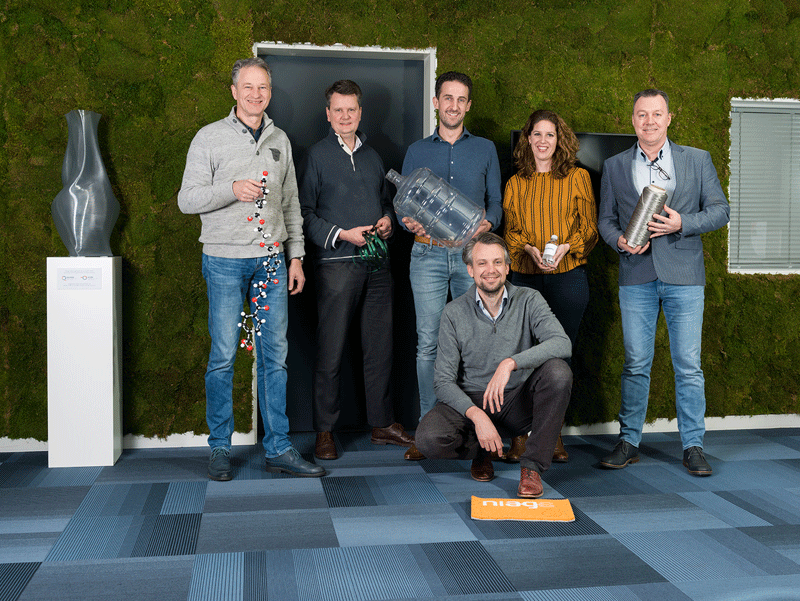Cumapol developing potentially groundbreaking polyester recycling technology

Polyester processing specialist Cumapol has unveiled a new polyester recycling technology, CuRe, which it says represents a step-change in the journey towards a fully circular polyester chain.
ALREADY A REGISTERED USER? SIGN IN now
Subscribe (for free) to read this article
Become a subscriber to read this story, as well as other exclusive articles and interviews. The process is entirely free and takes no time at all.





